RNIAD Yeovilton 2019
- Mike Lintott-Danks
- Jul 13, 2019
- 5 min read
The Royal Navy International Air Day 2019 at RNAS Yeovilton again proved to be a large draw for the public and forces with several unusual and rare naval aircraft participating. This is a great opportunity to see the Royal Navy in action with the final battlefield assault. This showcase allows the Royal Navy to let the public see their newest helicopters performing their roles close to the crowd. These include the AgustaWestland Wildcat and the upgraded Merlin Mk3/4.
Wildcat
‘Expected to perform a range of tasks, the Wildcat HMA Mk2 will be used in anti-surface warfare, force protection and counter-piracy. It will also be able to carry out an anti-submarine role. As a ship-borne helicopter, Wildcat will provide commanders with a flexible attack capability which can be deployed to tackle a range of threats at sea and from the sea. With state-of-the-art sensors, equipment and weapons, it will be an outstanding asset that will maintain Royal Naval units at the cutting edge of worldwide maritime operations.’ Royal Navy
Merlin Mk3 Commando Helicopter
Merlin Mk3 is a new aircraft type for the Commando Helicopter Force (CHF). It will advance capability for the primary customer, The Royal Marines. There will be further upgrades to a Mark 4 standard in the coming years with the first delivery back to the Royal Navy in 2018. These modifications include new cockpit avionics, and limited ship optimisation, including a folding main rotor head and folding tail to allow their use from ships for littoral manoeuvre. The Merlin can transport more than 4 tonnes of freight ranging from bulky cargo carried internally or underslung including artillery, Land Rovers or light-strike vehicles as shown in the Commando assault during RNIAD 2019.
The Italian Air Force and Navy sent an aircraft each that are rarely seen outside of Italy. The Leonardo P-72A is a multirole platform and can perform roles including maritime patrol, search and identification of surface vessels, Command, Control and Communication, ISR, Intelligence, Surveillance and Reconnaissance, SAR (Search and Rescue) missions, the prevention of narcotics trafficking, piracy, smuggling, territorial water security and monitoring and intervention in the event of environmental catastrophes.
The next was the Italian Navy P-180 Maritime. This aircraft mainly performs maritime surveillance operational missions by using the FLIR/TV camera system fitted on the aircraft. It can also perform logistic air transportation missions utilizing the specific CARGO aircraft configuration. Check flights could be performed as well to support the Navy Fleet Ships for testing and verification of their radars and sensors.
The static park was full of other interesting aircraft and nations from across Europe and further afield. The Qatar Air Force sent a Lockheed Martin C-130J and a Boeing C-17A that was resplendent in the full colour scheme rather than the drab grey that most C-17s are painted in. The maritime surveillance aircraft were represented by a German Navy Lockheed P-3C Orion and The Royal Canadian Air Force Lockheed CP-140 Aurora who were allowing the public to view their aircraft up close. There were a multitude of helicopters throughout the static park including many Royal Navy Merlins, both Navy and Army Wildcats, a Eurocopter EC-135 from the Irish Air Corp and a Belgian Air Component Alouette III.
Airspeed Media spoke to the pilot of the Belgian Air Component Alouette III
The Aérospatiale Alouette III first flew with the Belgian Navy in 1971 and when it is due for its out of service date, in 2021, it will have been in service for 50 years. The NH Industries NH-90 will take over from the Alouette III and is working up to that capability at this time.
The main role for this helicopter was supply to ships with materials, spare parts and personnel in the Belgian Navy but due to changes in the world it has found itself being used for multiple different missions across the globe. The Alouette III is based on the two Belgian Navy Frigate ships and only flies during day light hours to complete its role.
The Alouette III has a crew of two, pilot and flight engineer. The pilot deals with the flying element and communications during the mission whilst the flight engineer helps to navigate in bad weather, is the winch operator and uses the gun when fitted during the anti-piracy mission.
The Alouette III has been deployed aboard the Frigates completing various missions in the Caribbean, Mediterranean and off the coast of East Africa. The mission in the Caribbean was part of the international operation against the illegal trafficking of drugs across the Caribbean sea. With the helicopter lacking air conditioning and having a large glass front the doors were often removed for this mission.
Refugees in the Mediterranean have been an ever-increasing humanitarian crisis and the international community has been using their military assets to spot the vessels that the refugees use and provide aid and rescue where needed. The Alouette III has been used as the eyes of the ship but has ensured that when spotting the refugees with their stabilised goggles they have kept at a distance and monitor the craft, as refugees have been seen to sabotage their craft when they hear or see a helicopter.
The final mission that the Alouette has been involved with recently is anti-piracy. This has also been part of an international coalition to protect shipping through the area. A door again has been removed to allow a machine gun to be fitted as self-protection. The use of the gun falls again to the flight engineer whose role has increased over the last decade.
The flight to RNAS Yeovilton Air Day started at the Alouettes home base of Koksijde and took three hours to complete with a refuelling stop at Shoreham airport.
Thank you to the pilot of the Belgian Navy Alouette III for speaking with Airspeed Media. All names and ranks not printed.
The flying display had a variety of aircraft and helicopters keeping all aviation enthusiasts interested. Historic aircraft were represented by the Battle of Britain Memorial Flight, the Sea Fury and three aircraft from the Cocardes Marine. The CM175 Zéphyr, Morane-Saulnier MS760 Paris and Breguet Br.1040 Alizé flew as a three ship and then performed individual flypasts which was the first time the Alizé had performed at RNIAD as a civilian aircraft.
The modern day ranged from turbo prop trainers to large transport aircraft and the latest fighter jets. The Hellenic Air Force sent their Beechcraft T-6A demo team ‘Daedalus’ with a special colour scheme and this was only the second time that the team have performed outside of Greece.
The Royal Canadian Air Force completed several flypasts with their Lockheed Martin CC-130J showing some of the capabilities of this versatile transport aircraft.
The UK forces showed off their modern-day jet aircraft with the Lockheed Martin F-35B performing a high-speed pass and then transitioning into the hover, the RAF BAe Systems Typhoon FGR.4 was thrown around the Somerset sky by display pilot Flight Lieutenant Jim Peterson and the Red Arrows showing their usual polished aerial performance.
Another aircraft that can hover was also in the flying display in the form of the Spanish Armada EAV-8B+ Harrier II. The Harrier was seen over the skies of RNAS Yeovilton for many years as various types and it was a fantastic sight to see this iconic aircraft hover in front of the vast number of spectators. The EAV-8B+ is used by the Armada many missions including Combat Air Patrol defending the naval task group, armed reconnaissance and attacks against land and sea targets with an assortment of weapons, Close Air Support of deployed land forces, in-flight refuelling and helicopter escort.
Thank you to Jemima Smith from the Air Day office and all the staff and volunteers involved in making RNIAD 2019 a success.






















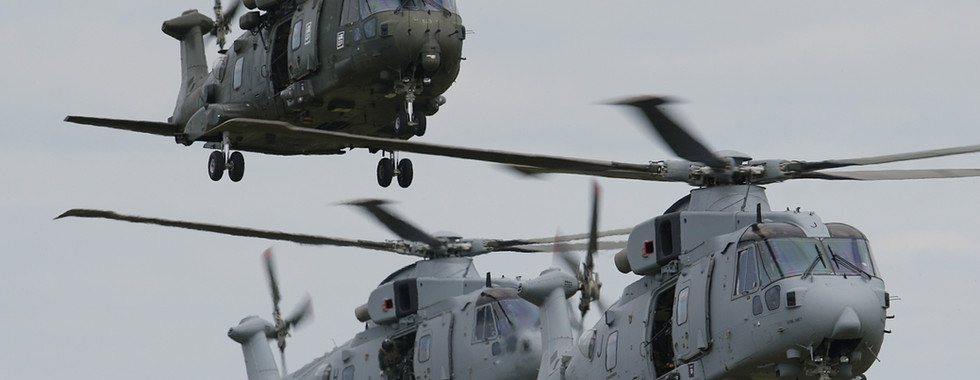















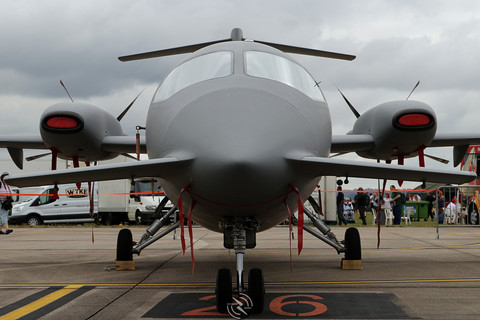





















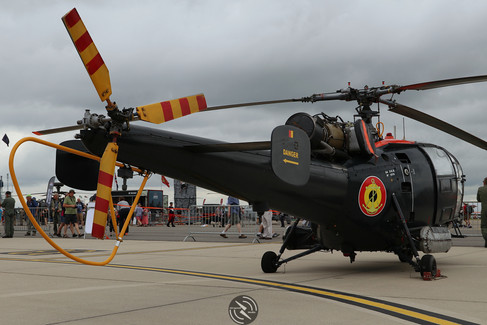
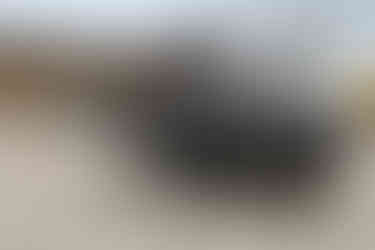












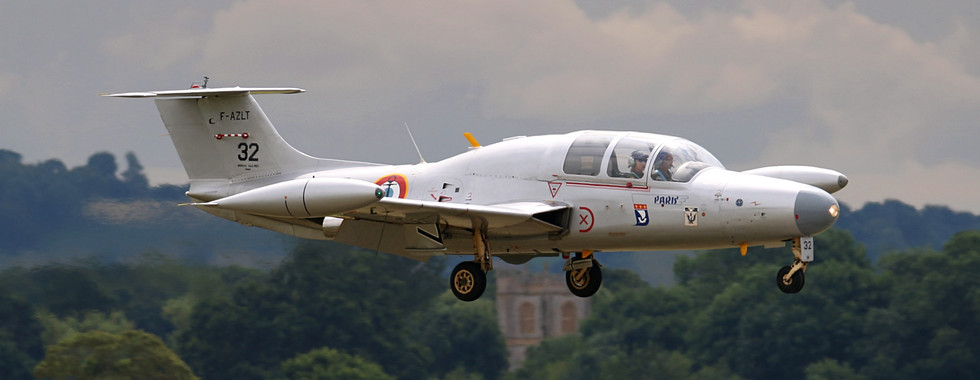































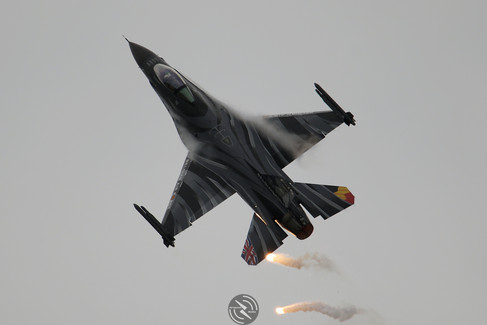





















Comments